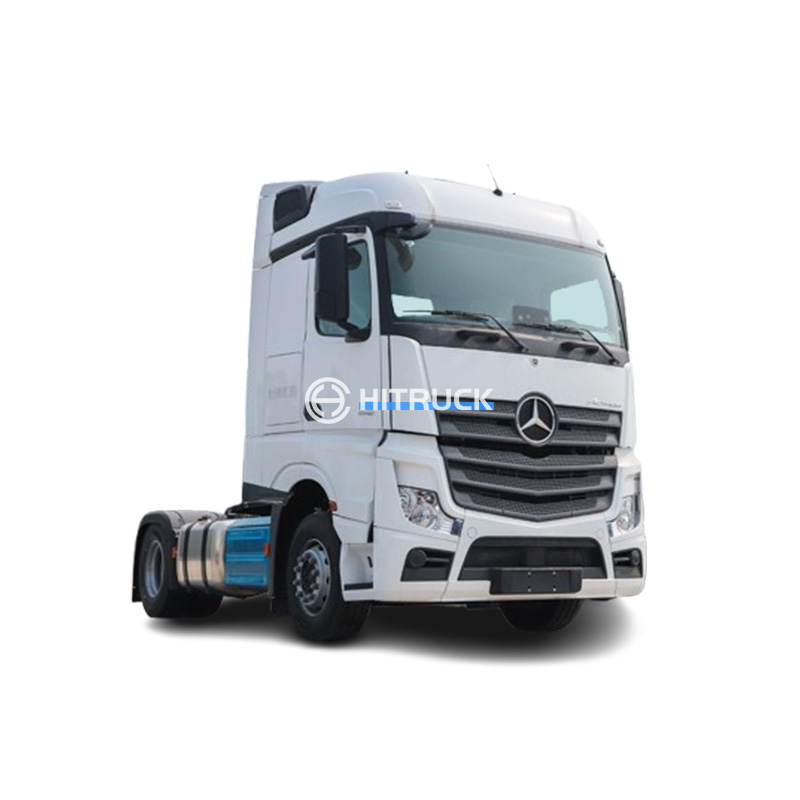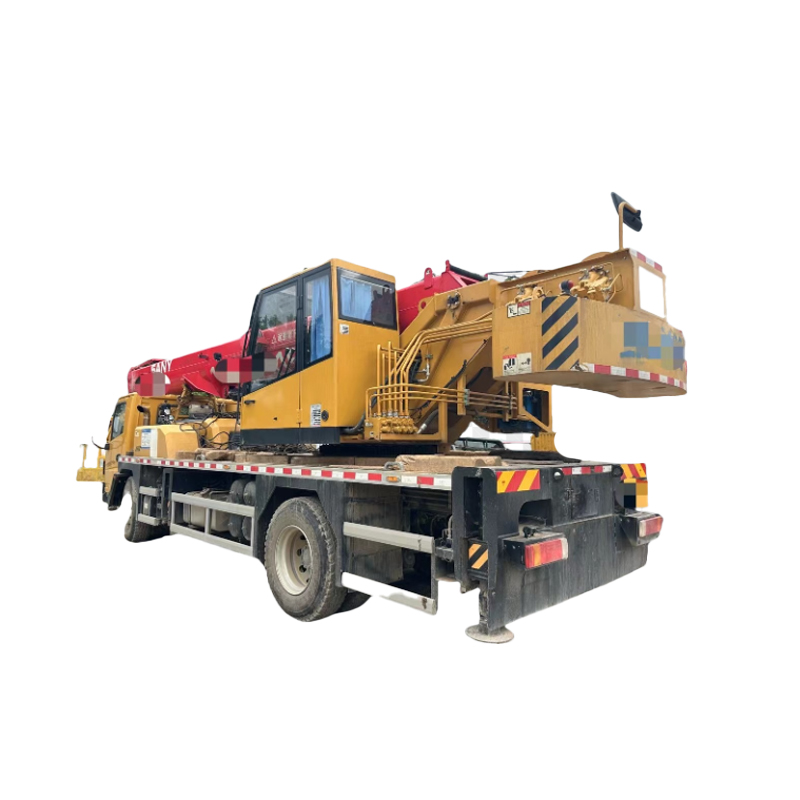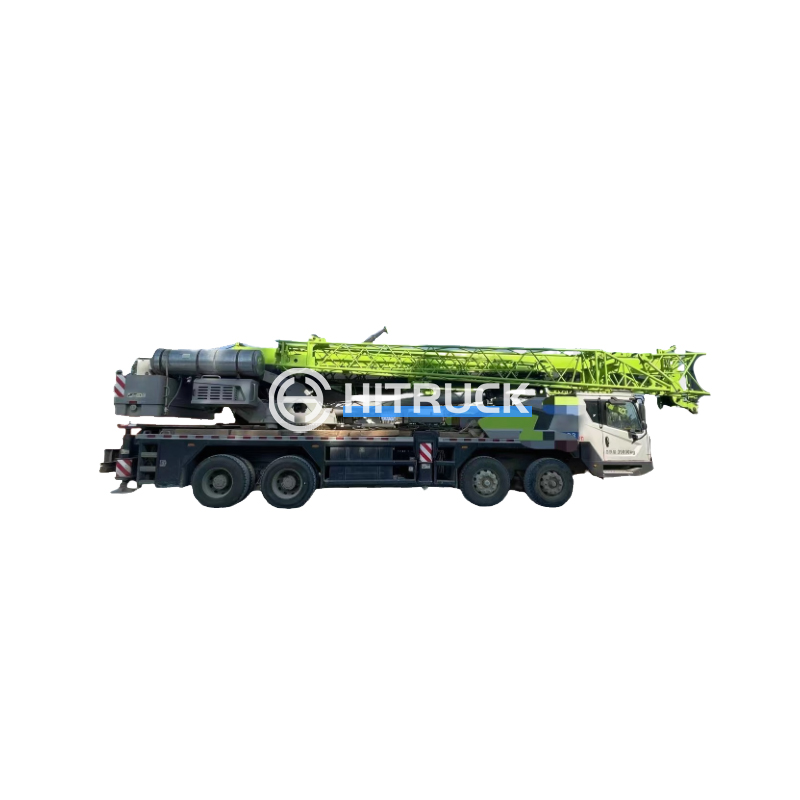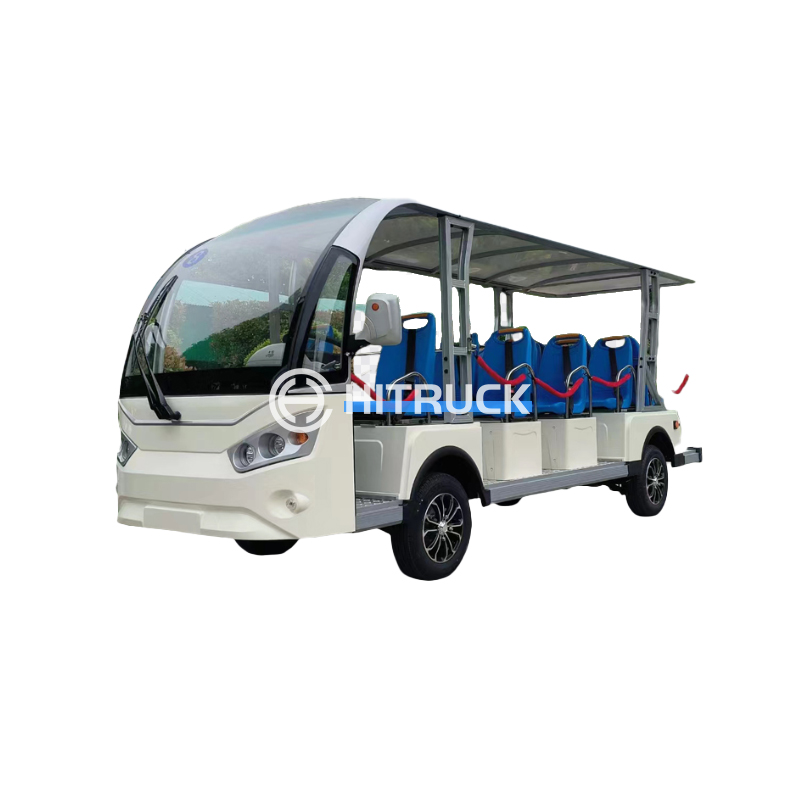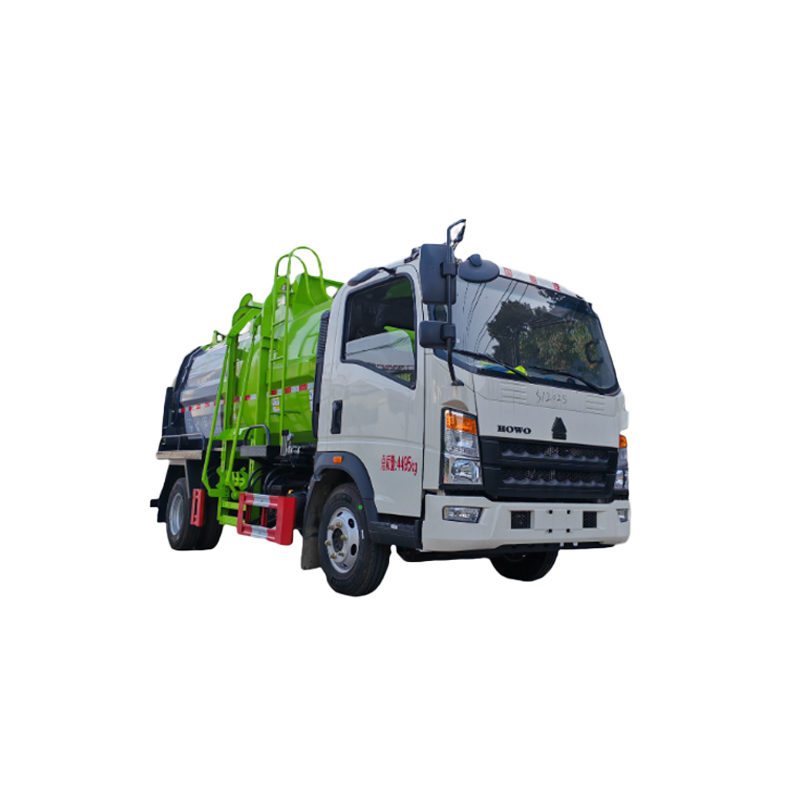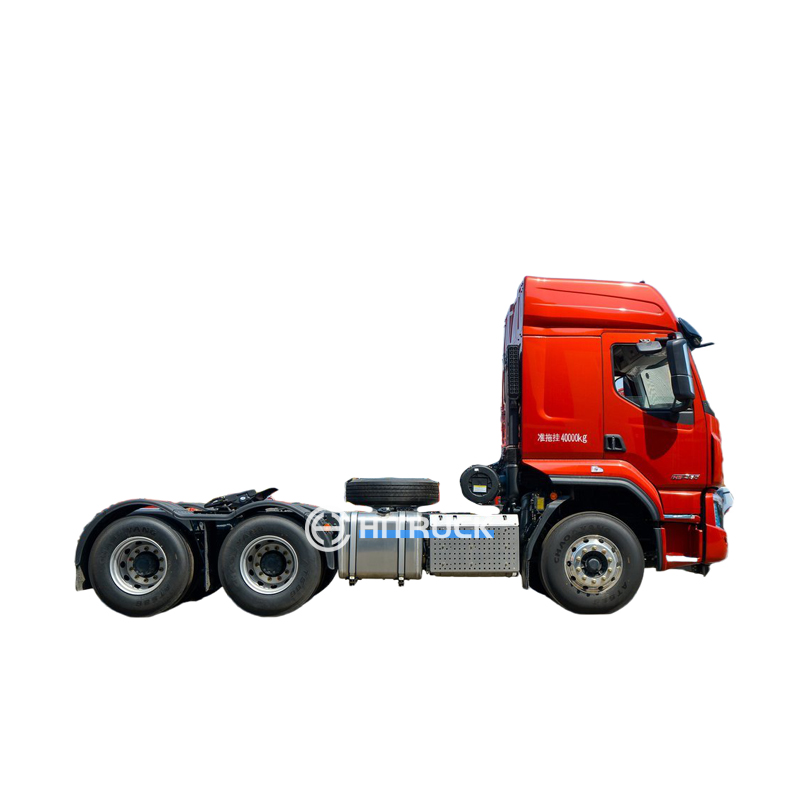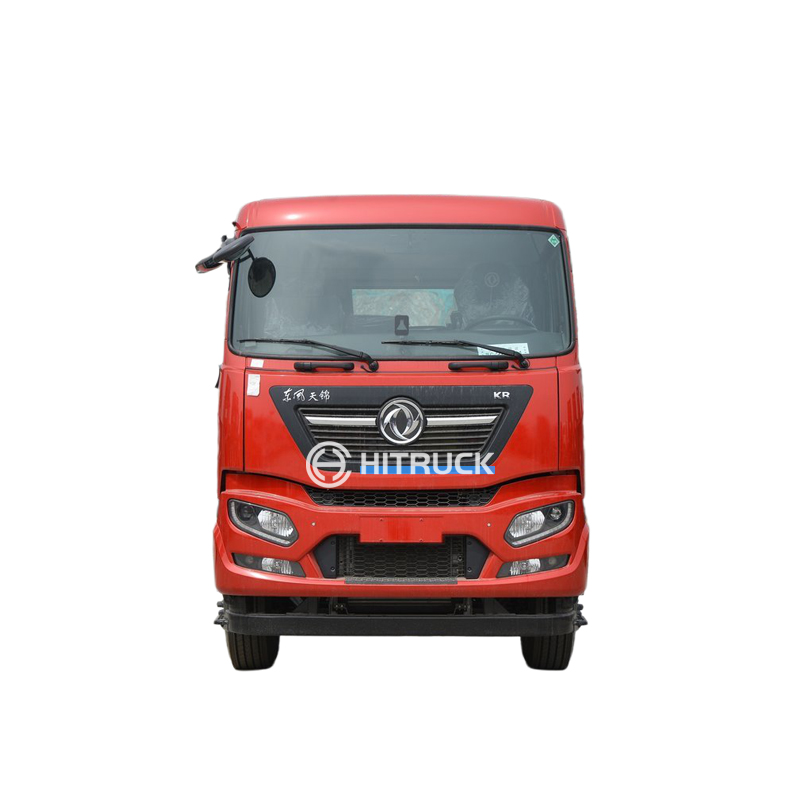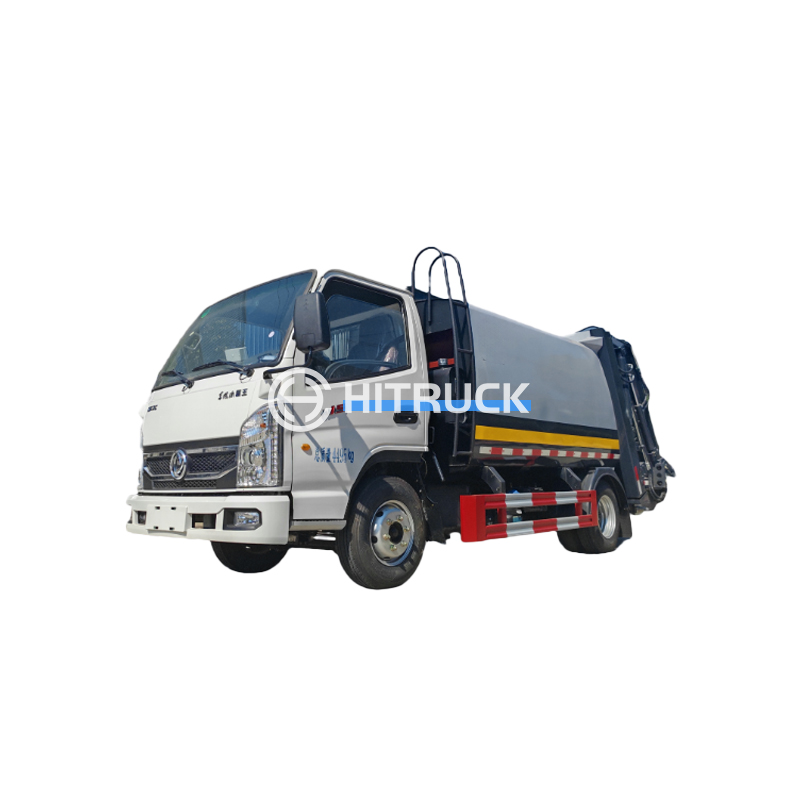This comprehensive guide explores the world of forklift cranes, detailing their functionalities, applications, safety considerations, and selection criteria. We'll delve into different types of forklift cranes, comparing their strengths and weaknesses to help you determine the best solution for your specific needs. Learn about crucial safety protocols and maintenance procedures to ensure efficient and risk-free operation.
These are the most common type of forklift crane, typically attaching to the forks of a standard forklift. They offer a versatile and cost-effective solution for lifting and moving moderately heavy loads. Capacity varies greatly depending on the specific model and the forklift's capabilities. Consider factors like lift height, reach, and load capacity when making your selection. For reliable and high-quality forklift cranes, explore options from reputable manufacturers. Remember to always check the manufacturer's specifications to ensure compatibility with your existing forklift.
Beyond standard models, specialized forklift cranes are designed for specific tasks and industries. These might include cranes with extended booms for reaching greater distances, cranes with rotating capabilities for increased maneuverability, or cranes engineered for handling specific materials like containers or lumber. The choice of a specialized forklift crane depends on the unique demands of your operation. Suizhou Haicang Automobile sales Co., LTD can offer guidance on choosing the right equipment for your needs.
Selecting the right forklift crane involves careful consideration of several key factors:
| Factor | Considerations |
|---|---|
| Lifting Capacity | Determine the maximum weight you'll need to lift, factoring in safety margins. |
| Lift Height | Consider the vertical distance required to lift and place loads. |
| Reach | Assess the horizontal distance needed to maneuver loads. |
| Forklift Compatibility | Ensure the crane is compatible with your existing forklift's capacity and specifications. |
Safety is paramount when operating a forklift crane. Regular inspections, proper training for operators, and adherence to safety guidelines are crucial. Maintenance should be conducted regularly according to the manufacturer’s recommendations to ensure optimal functionality and longevity. Ignoring safety procedures can lead to serious accidents and damage to equipment. Always prioritize safety.
Understanding the various types of forklift cranes and the factors involved in their selection is vital for maximizing efficiency and safety in material handling operations. By carefully considering the specific needs of your application and adhering to safety protocols, you can leverage the power and versatility of forklift cranes to optimize your workflow. For further assistance and exploration of various models, we encourage you to visit Suizhou Haicang Automobile sales Co., LTD.

